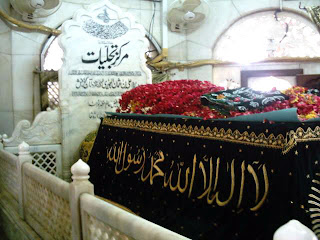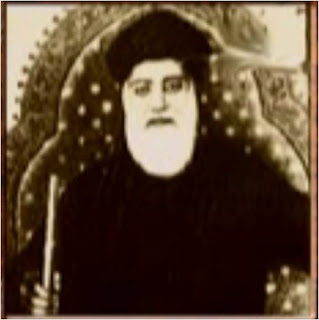DATA GANJ BAKHSH (R H)

Data Ganj Bakhsh (r a ) He was born around 990 CE near Ghazni, Afghanistan during the Ghaznavid Empire and died in Lahore (in present day Punjab, Pakistan) in 1077 CE. His most famous work is Kashf Al Mahjub ("Unveiling the Veiled") (کشفُ المحجوب), written in the Persian language. The work, which is one of the earliest and most respected treatises of Sufism, debates Sufi doctrines of the past. Ali Hajvery is also famous for his mausoleum in Lahore, which is surrounded by a large marble courtyard, a mosque and other buildings. It is the most frequented of all the shrines in that city, and one of the most famous in Pakistan and nearby countries. His name is a household word, and his mausoleum the object of pilgrimage from distant places. Life Ali Hujwiri studied Sufism under Abu 'l-Fadl Muhammad, who was a student of Abu 'l-Hasan al-Husri. Abu 'l-Fadl Muhammed bin al-Hasan was well-versed in tafsir and riwayat. Ali Hujwiri traveled f

